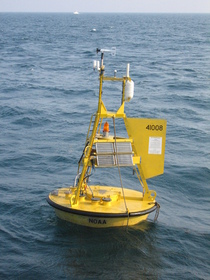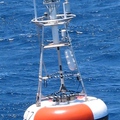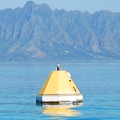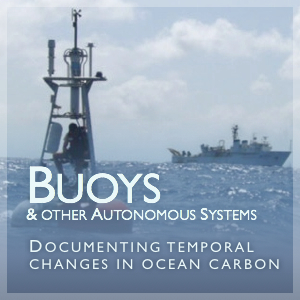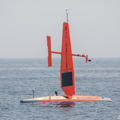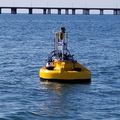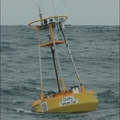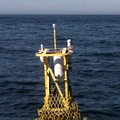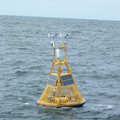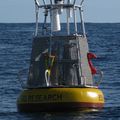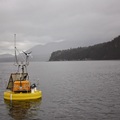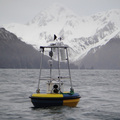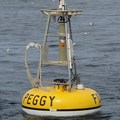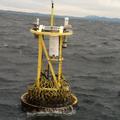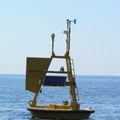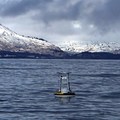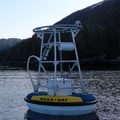Coastal Moorings
PMEL is developing a global network of carbon dioxide time-series observations
Coastal oceans are sites of active biogeochemical cycling, as terrestrial, atmospheric, and marine carbon cycles interact in this realm. The magnitude and variability of many carbon fluxes are accordingly much higher in coastal oceans than in open ocean environments. Having high-quality observations of carbon stocks and fluxes in the coastal environment is important both for understanding coastal ocean carbon balance and for reconciling continent-scale carbon budgets. US coastal and estuarine environments do not currently have coordinated carbon observing networks and are presently grossly under-sampled. Building on existing infrastructure, however, coastal and estuarine networks of moored autonomous measurements similar to the open ocean network are being established in collaboration with partners such as NDBC, IOOS, and several universities.
CO2 moorings can also help us to better understand ocean acidification in coastal regions. In a recent study, Feely et al. (Science, 320(5882): 1490-1492, 2008) presented new observations that show that organisms growing in coastal upwelling areas along the continental shelf of the west coast of North America may already be experiencing significant geochemical stress resulting from the combined impacts of coastal upwelling and ocean acidification. Here the seasonal upwelling of subsurface waters along the coast brings CO2-enriched waters onto the shelf and, in some instances, into the surface ocean. It appears that this water, in addition to its original high level of CO2 resulting from natural respiration processes in the subsurface layers, is also significantly enriched with anthropogenic CO2. An immediate consequence of this additional CO2 is that the pH and carbonate saturation state of these upwelled waters is significantly lower than what it would have been in pre-industrial times. Since these “acidified” upwelled waters are undersaturated with respect to aragonite they are already a potential threat to many of the calcifying aragonitic species that live in these coastal regions. Because seasonal upwelling is a common phenomenon in many coastal regions, this process may be affecting coastal ecosystems in other locations as well and needs to be monitored with high-frequency autonomous systems like the CO2 moorings we are deploying.

